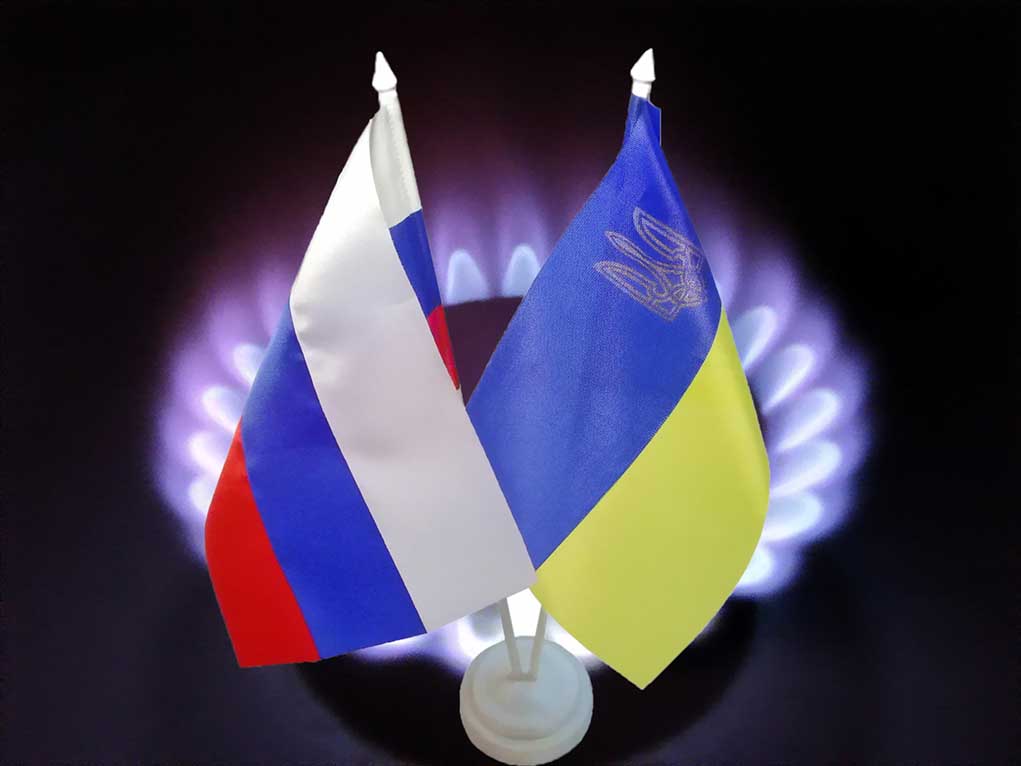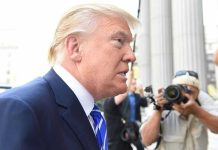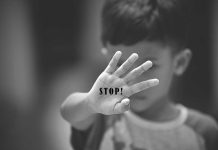
Russia threatens Kyiv with destruction if Ukraine disrupts Victory Day celebrations as both nations exchange contradictory ceasefire proposals amid escalating tensions.
Key Takeaways
- Russia’s proposed three-day ceasefire (May 8-10) contrasts sharply with Ukraine’s counter-offer of a 30-day truce.
- Dmitry Medvedev issued a stark warning that Kyiv might not survive if Ukraine attacks during May 9 celebrations.
- President Trump’s peace proposal recognizes Russian territorial claims while Europe and Ukraine reject these concessions.
- Ukraine cannot guarantee the safety of foreign leaders attending Moscow’s Victory Day events.
- Fighting continues in eastern Ukraine despite diplomatic maneuvering around potential ceasefires.
Russia and Ukraine Exchange Competing Ceasefire Proposals
As the 80th anniversary of Soviet victory in World War II approaches, Russia and Ukraine have presented conflicting ceasefire proposals that reveal the deep divisions preventing peace. Russian President Vladimir Putin announced a unilateral three-day ceasefire from May 8-10 to allow for peaceful Victory Day commemorations. Ukrainian President Volodymyr Zelenskyy immediately dismissed this as a “theatrical show” and countered with a proposal for a more substantial 30-day cessation of hostilities, citing concerns about the safety of dignitaries attending Moscow’s events.
The timing of these proposals follows President Trump’s April 17 peace plan, which Ukraine and European allies considered too favorable to Moscow. Trump’s proposal recognized Russian ownership of Crimea and parts of four Ukrainian regions while offering no security guarantees to Ukraine after the war. The Ukrainian-European counter-proposal suggested postponing territorial negotiations and insisted on American security guarantees, conditions Russia promptly rejected.
Medvedev Issues Ominous Warning to Ukraine
Dmitry Medvedev, deputy chairman of Russia’s Security Council and former president, delivered a chilling warning to Ukraine regarding potential actions during Russia’s Victory Day celebrations. His statement came after Zelenskyy refused to provide safety guarantees for foreign leaders attending the Moscow event, saying Ukraine “cannot be responsible for what happens on the territory of the Russian Federation.” This diplomatic standoff has significantly increased tensions as the symbolic date approaches.
“(Zelenskiy) understands that in the event of a real provocation on Victory Day, nobody will be able to guarantee that Kyiv will live to see May 10.” said by Dmitry Medvedev, deputy chairman of Russia’s Security Council
The threatening rhetoric has escalated alongside military actions, with Russia launching a drone attack on Kyiv that caused fires in residential areas, even as Moscow talks of a temporary ceasefire. This pattern of violence while proposing peace has drawn criticism from European leaders, who view Russia’s actions as contradictory to its stated diplomatic intentions.
Trump’s Peace Plan Divides Allies
President Trump’s peace proposal has created significant divisions between the United States and European allies. The American plan concedes to Russian demands that Ukraine should not join NATO and calls for immediate lifting of sanctions on Russia, positions that European partners find unacceptable. This approach sharply contrasts with the European stance, which emphasizes continued pressure on Russia and gradual sanctions relief only after a peace agreement is achieved.
“If you want the killing to stop, you should put the pressure on Russia, who actually does the killing” said by Kaja Kallas, European leader
Following Russia’s attack on Kyiv after the European-Ukrainian proposal was presented, President Trump expressed frustration with Putin’s timing and actions. After meeting with Zelenskyy in Rome, Trump made it clear he was “not happy with the Russian strikes on Kyiv,” describing them as “not necessary, and very bad timing.” This suggests growing impatience with Russia’s approach to the peace process despite the administration’s conciliatory initial proposal.
Military Developments Overshadow Peace Talks
While diplomatic proposals circulate, military actions on the ground tell a different story. Russia claims to have expelled Ukrainian forces from Kursk with North Korean military assistance—a collaboration now officially acknowledged by Pyongyang. Simultaneously, intense fighting continues in eastern Ukraine, particularly around Pokrovsk in the Donetsk region. Russia is also reportedly expanding its military presence along its borders with NATO countries, especially near Finland, indicating preparations for prolonged conflict rather than peace.
“While claiming to seek peace, Russia launched a deadly air attack on Kyiv. This isn’t a pursuit of peace, it’s a mockery of it. The real obstacle is not Ukraine, but Russia, whose war aims have not changed” said by Kaja Kallas, European leader
Despite the bleak military picture, President Putin has recently downplayed the potential use of nuclear weapons in Ukraine and expressed hope for eventual reconciliation between the two nations. “There has been no need to use those weapons,” Putin stated, adding that future Russian-Ukrainian reconciliation “seems to me inevitable despite the tragedy we are currently experiencing.” These statements contrast sharply with Medvedev’s threats, revealing potential divisions within Russian leadership about handling the conflict.












